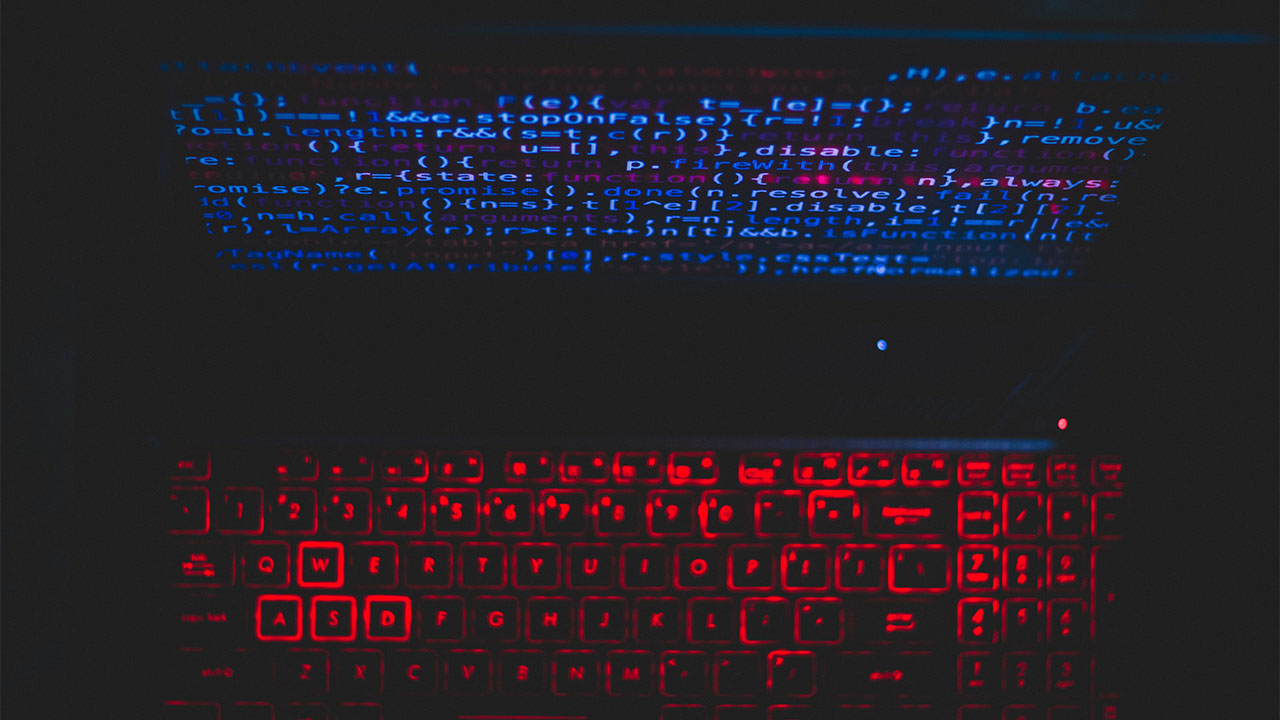UK (Commonwealth Union) – A breakthrough in machine learning research has unveiled the possibility of constructing dependable models capable of comprehending intricate equations within real-world contexts, all while utilizing significantly less training data than conventional expectations dictate.
This pioneering work hails from the collaborative efforts of researchers at the University of Cambridge and Cornell University. Their findings, published in the Proceedings of the National Academy of Sciences, specifically pertain to partial differential equations—a category of physics equations that elucidate how natural phenomena evolve across both space and time. Remarkably, these researchers have demonstrated that machine learning models can deliver trustworthy outcomes even when confronted with limited data.
The implications of this discovery extend far and wide, potentially revolutionizing the creation of more efficient machine learning models with respect to both time and cost. In conventional practice, the training of machine learning models necessitates extensive datasets, often curated through human annotation, such as annotating a sizable collection of images. However, this approach, though effective, is undeniably labor-intensive and costly.
Dr. Nicolas Boullé, the lead author of this research and affiliated with the Isaac Newton Institute for Mathematical Sciences, indicated that the utilization of human involvement to train machine learning models is indeed effective, but it comes at a significant cost, both in terms of time and resources. Their primary interest lies in determining the minimal data requirements for training these models while still achieving reliable performance.
While prior research has shown glimpses of training machine learning models with a relatively small dataset, the mechanisms behind this success have remained shrouded in mystery. Dr. Boullé and his co-authors, Diana Halikias and Alex Townsend from Cornell University, have chosen to delve into the domain of partial differential equations (PDEs) to unravel this enigma.
“PDEs are like the building blocks of physics: they can help explain the physical laws of nature, such as how the steady state is held in a melting block of ice,” explained Boullé, who is an INI-Simons Foundation Postdoctoral Fellow. “Since they are relatively simple models, we might be able to use them to make some generalizations about why these AI techniques have been so successful in physics.”
The research team uncovered a valuable insight where PDEs representing diffusion processes possess a structural quality conducive to the development of AI models. As Dr. Boullé indicated that with a straightforward model, it becomes possible to imbue certain known physics principles into the training dataset, enhancing accuracy and overall performance.
The researchers proceeded to craft a streamlined algorithm tailored to predict PDE solutions across diverse conditions, leveraging both short-range and long-range interactions. This ingenious approach enabled them to incorporate mathematical assurances into the model, pinpointing the precise amount of training data necessary to yield a resilient and dependable model.
“It depends on the field, but for physics, we found that you can actually do a lot with a very limited amount of data,” added Boullé. “It’s surprising how little data you need to end up with a reliable model. Thanks to the mathematics of these equations, we can exploit their structure to make the models more efficient.”
The researchers assert that their methods will enable data scientists to demystify the ‘black box’ nature of numerous machine learning models, thereby facilitating the creation of new models that offer human interpretability. However, they pointed out that it is important to note that further research is warranted.
Dr. Boullé pointed out that their focus is on ensuring that models acquire the correct insights, but the realm of machine learning for physics is a captivating frontier. It presents a wealth of intriguing mathematical and physics-related inquiries that AI can assist us in unraveling.








